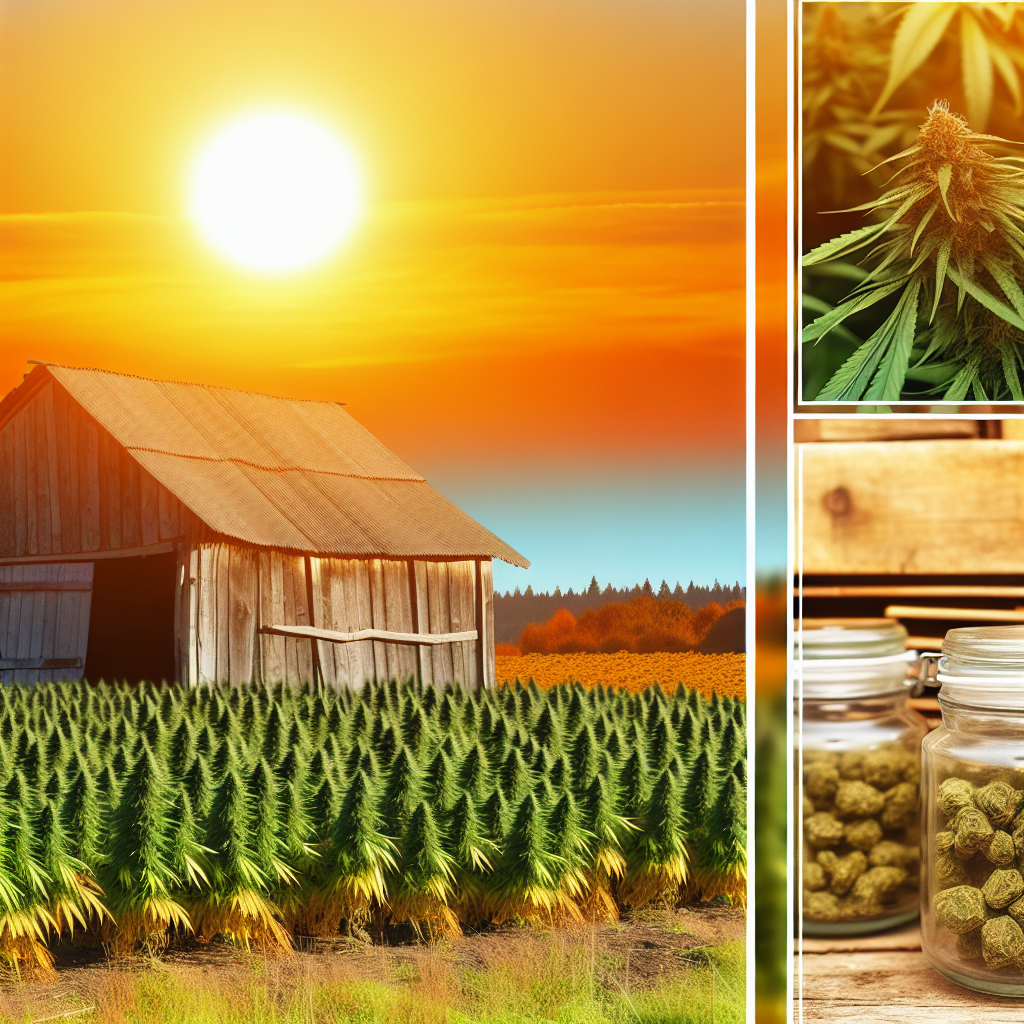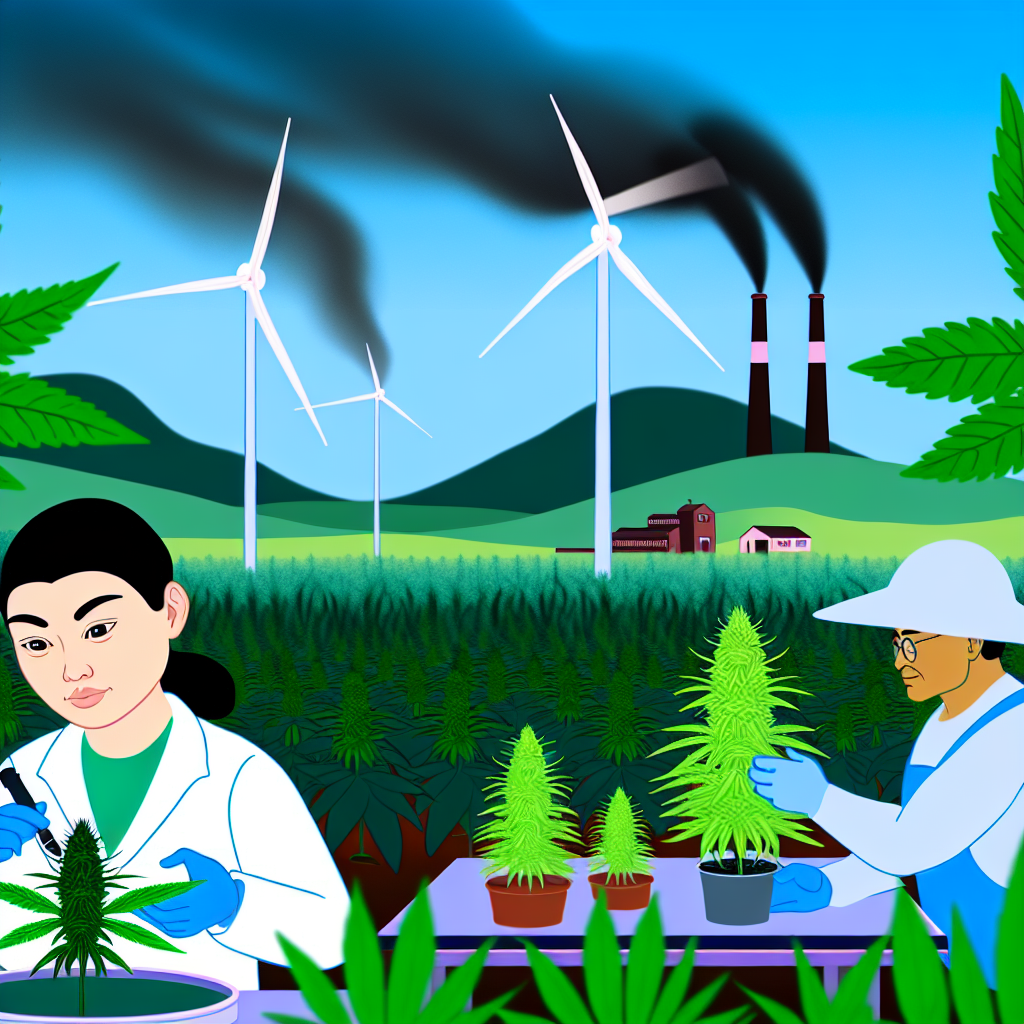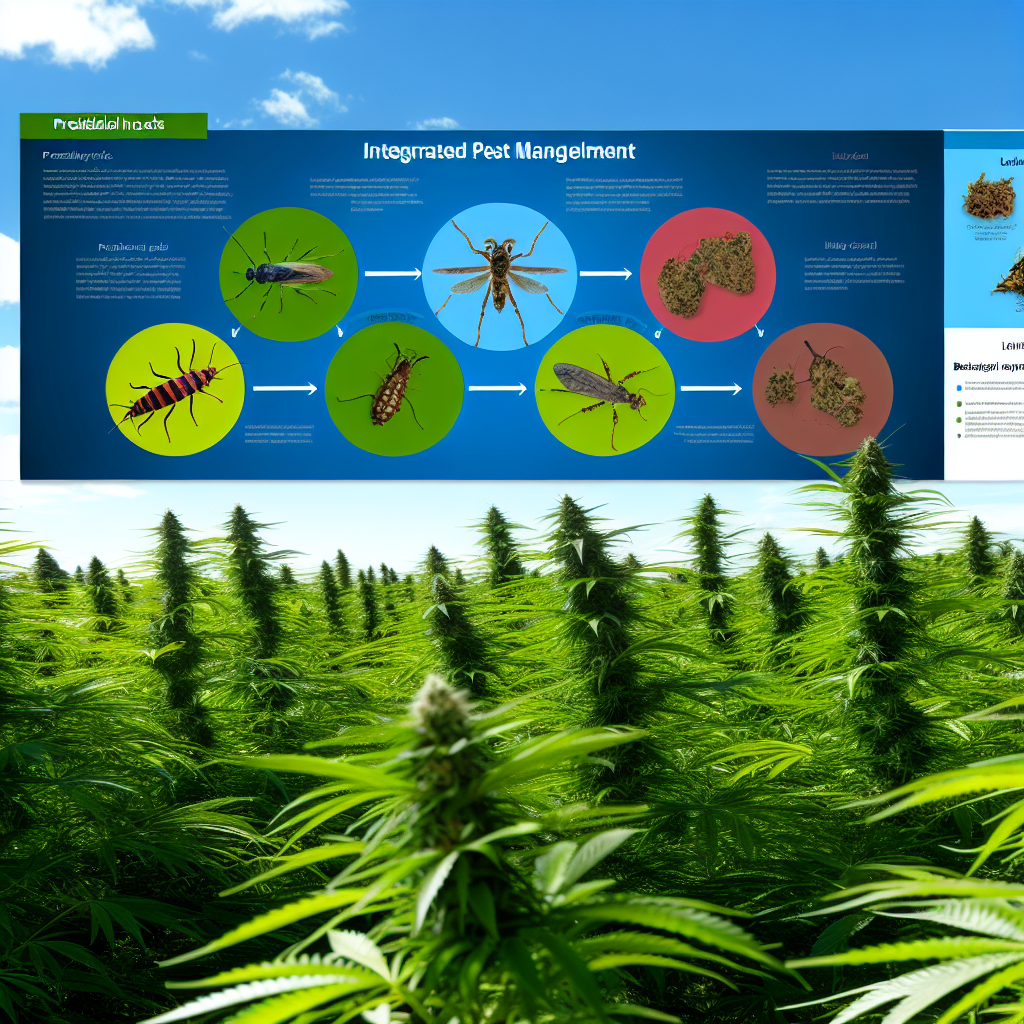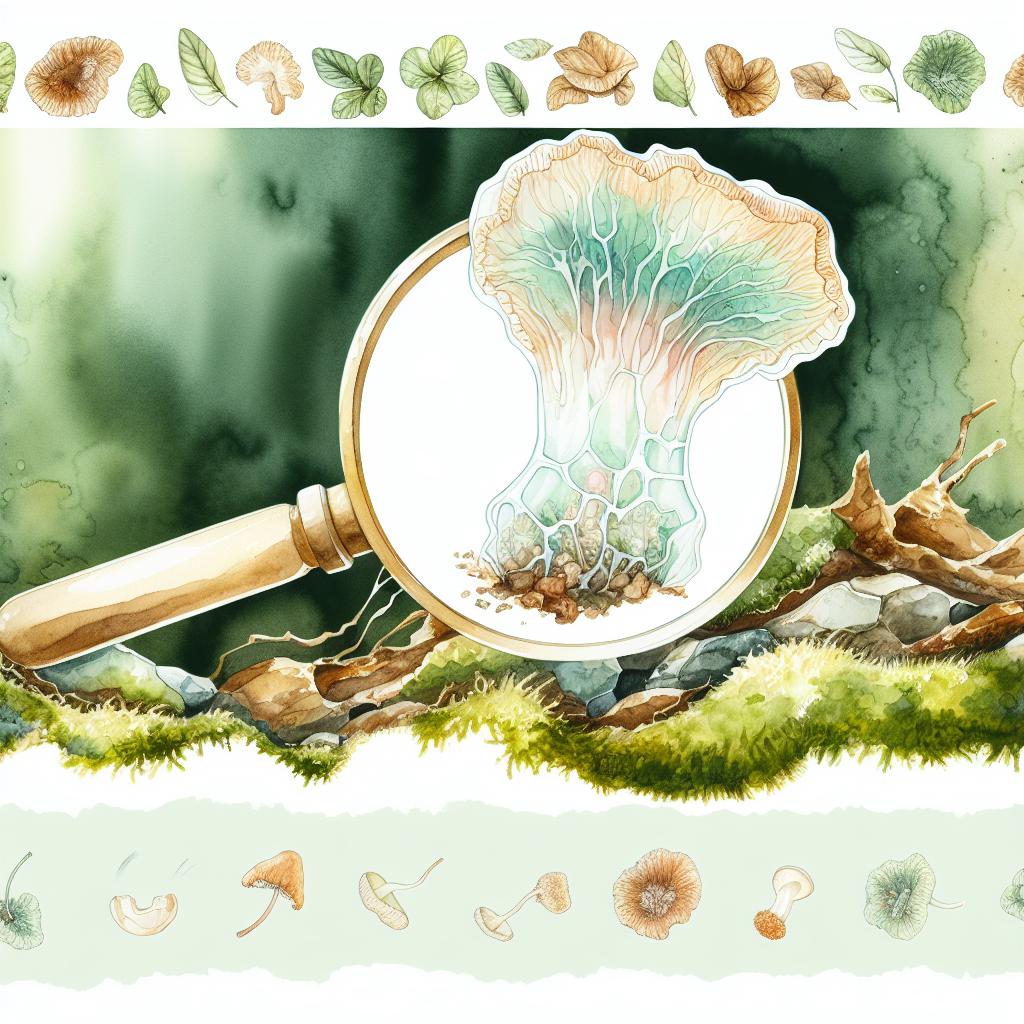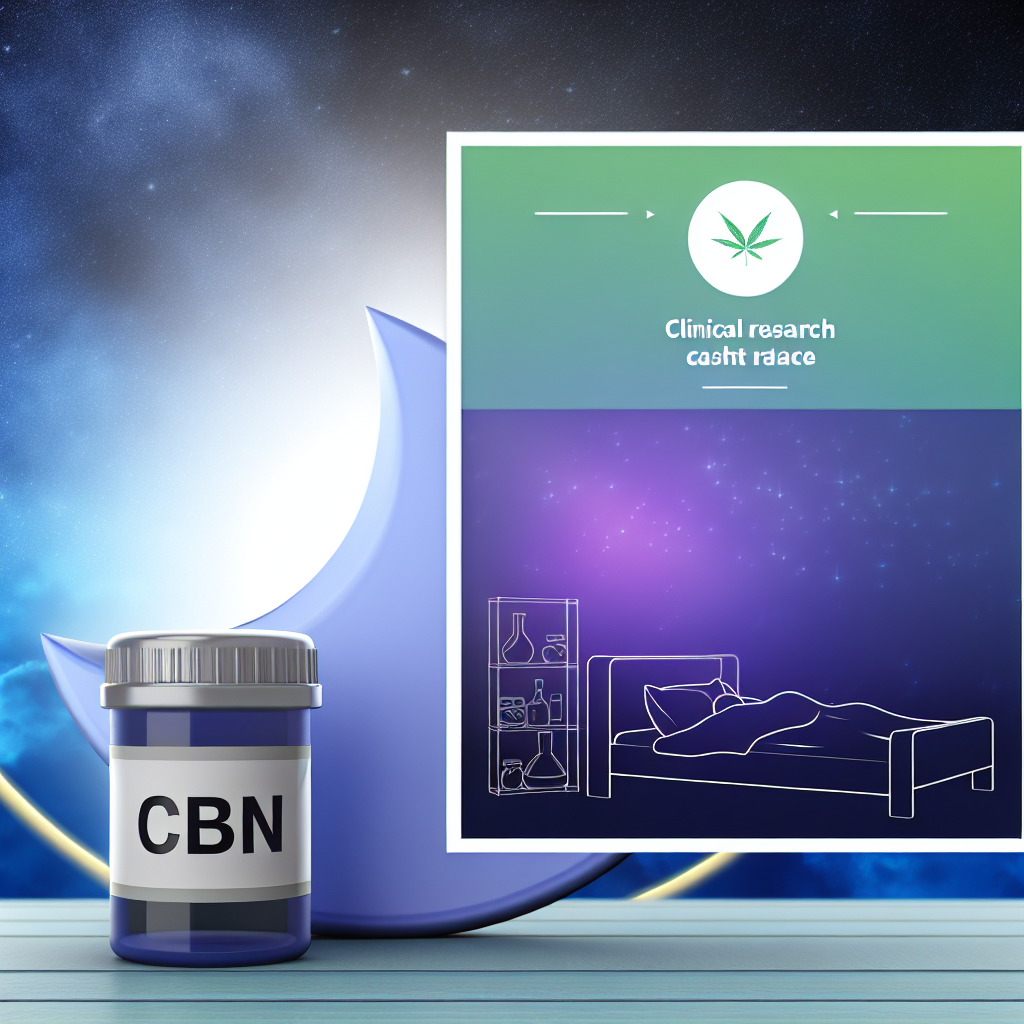Harvesting Cannabis for Maximum Wellness: Timing and Curing for Health Benefits
Introduction: Unlocking the Wellness Power of Cannabis Through Science
Within the fast-evolving world of cannabis, wellness enthusiasts and medical professionals are increasingly focusing on more than just strain type or cannabinoid percentage. While factors like THC and CBD levels, terpene profiles, and ingestion methods have long been discussed, a critical piece of the therapeutic potential of cannabis often flies under the radar: the precise timing of harvest and the curing process. These two pivotal stages are essential in determining the potency, safety, and wholesomeness of the final product.
Cannabis, much like any other botanical medicine, must be harvested at its peak to preserve its full therapeutic profile. From anti-inflammatory potential to anxiolytic effects and neuroprotective properties, cannabinoids and terpenes are responsible for various medicinal benefits. However, these delicate compounds degrade or morph if harvested too early, too late, or cured improperly.
Most people are aware of the effects of fresh cannabis flower, but fewer understand how the biochemical content changes throughout the plant’s life cycle—and how timing this correctly can enhance or reduce desired effects. For example, THC levels peak at a specific developmental phase, while CBN, a known sedative compound, increases as THC oxidizes post-peak. Similarly, terpenes like myrcene and linalool—renowned for their calming and anti-inflammatory properties—are highly volatile and prone to degradation without proper curing.
In this age of personalized wellness, understanding how precise cultivation practices affect medical outcomes is becoming paramount. Medical cannabis patients with conditions such as anxiety, chronic pain, or insomnia depend heavily on standardized, effective products. And for cannabis entrepreneurs and cultivators aiming to stand out in a saturated market, mastering harvesting and curing techniques is essential for both product quality and consumer satisfaction.
As legalization spreads and research deepens, there’s never been a better time to explore how optimal harvesting and curing may help unlock cannabis’s full wellness potential.
Science Speaks: What Research Says About Harvest Timing and Curing
Scientific literature increasingly supports the assertion that cannabinoid and terpene profiles vary significantly in tandem with harvest timing. A 2021 study published in the journal Cannabis and Cannabinoid Research examined how THC and CBD levels fluctuated in cannabis cultivars harvested at different intervals during the flowering stage [1]. The researchers found that harvesting around week 8 of flower yielded the highest THC content, while cannabinoid degradation—including the conversion of THC into the sedative compound CBN—steadily increased in plants harvested at week 10 or later.
In addition to cannabinoids, terpenes—the fragrant oils that interact synergistically with cannabinoids to enhance therapeutic effects, often referred to as the “entourage effect”—also fluctuate significantly during the life cycle. A study from Molecules (2019) demonstrated terpene volatility, noting that monoterpenes like limonene and myrcene begin to evaporate towards the end of flowering and post-harvest, especially without access to ideal curing conditions [2]. These terpenes are critically important for wellness; for example, myrcene is believed to contribute to muscle relaxation and sedation, and limonene is associated with mood elevation.
The Art of Curing: Preserving Potency, Preventing Degradation
Proper curing is the second critical step following a well-timed harvest. Curing allows for the slow drying of cannabis in a controlled environment, usually over two weeks or more, to preserve cannabinoids and terpenes, reduce harshness, and avoid pathogen growth. A poorly cured flower risks mold development, terpene loss, and cannabinoid degradation, all of which can negatively impact health outcomes for medical users.
From a physiological standpoint, the benefits of proper timing and curing extend well beyond flavor and visual appeal. Research from the Journal of Natural Products reveals that certain terpenes have affinity for neurotransmitter receptors and engage cellular pathways that modulate inflammation and pain [3]. Thus, improper curing that damages or dissipates these compounds may significantly lessen therapeutic efficacy.
Data-Driven Growing: How Professionals are Optimizing for Health
In practice, professionals in medical cannabis cultivation are now implementing protocols that include laboratory analysis of cannabinoid and terpene levels during flowering to identify the optimal harvest window. This data-driven approach ensures maximum medical benefit for patients seeking relief from various neurological, inflammatory, and mental health disorders.
With science moving towards standardizing cannabis production for medical application, it’s crucial to adopt post-harvest practices that prioritize chemical integrity—a practice once considered niche but now increasingly supported by evidence.
Conclusion: Quality Cannabis Begins — and Ends — With Precision
Optimizing cannabis harvest timing and implementing a careful curing process are not just techniques for connoisseurs—they are vital tools for maximizing cannabis’s wellness potential. Scientific research affirms what experienced cultivators have long known: these post-growth decisions fundamentally shape the quality, safety, and medicinal value of cannabis. For medical patients and health-conscious users, choosing cannabis products crafted with care at every stage—from plant to package—makes all the difference.
Summary:
Optimal harvest timing and curing are essential for preserving the full therapeutic benefits of cannabis. Research shows that cannabinoid and terpene profiles fluctuate throughout the plant’s life cycle, and careful control of these factors can enhance the medicinal effects for patients seeking relief from conditions like anxiety, chronic pain, and insomnia. As the cannabis industry matures, data-driven approaches to cultivation are becoming crucial for delivering standardized, high-quality products that unlock the full wellness potential of this botanical medicine.
